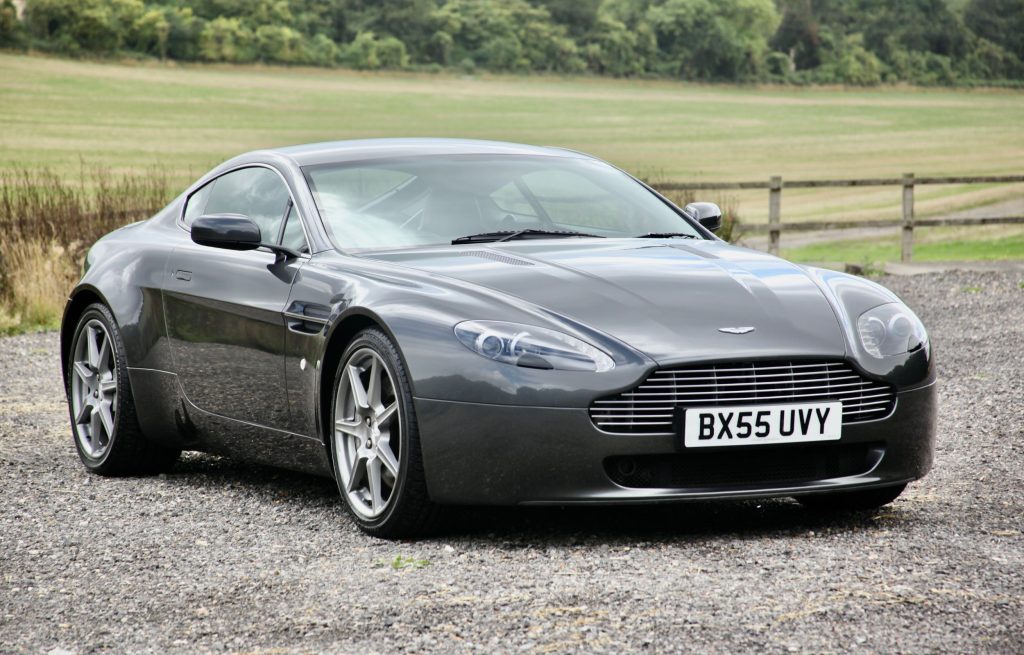
Words: Craig Cheetham
Photography: Craig Cheetham
The baby Aston turns 20 this year and they’ve never been cheaper – but not for long.
While the DB9 grand tourer marked a huge turning point for Aston Martin under Ford ownership, it was the slightly later Vantage that really moved things along in terms of volume.
Developed from the ground up with Ford’s money, conceived from scratch at the Gaydon development facility in Warwickshire and with the kind of budget that Aston Martin could only have dreamt of in the past, the 2005-on Vantage was both desirable and fairly well made.
To succeed, though, it needed to be affordable to build, not prohibitively expensive to buy and be manufactured to such tolerances that it could compete against well-engineered German high-performance models (here’s looking at you, Porsche 911); a brief it fulfilled more convincingly than any Aston before it.
As well as being solidly made, it was also a masterpiece of styling – created by Danish-American designer (and later electric car entrepreneur) Henrik Fisker. It was an absolute stunner back then and it still looks sensational over two decades on – whatever you do, don’t suggest it was an Ian Callum creation, though, as both Callum and Fisker will fall out with you.
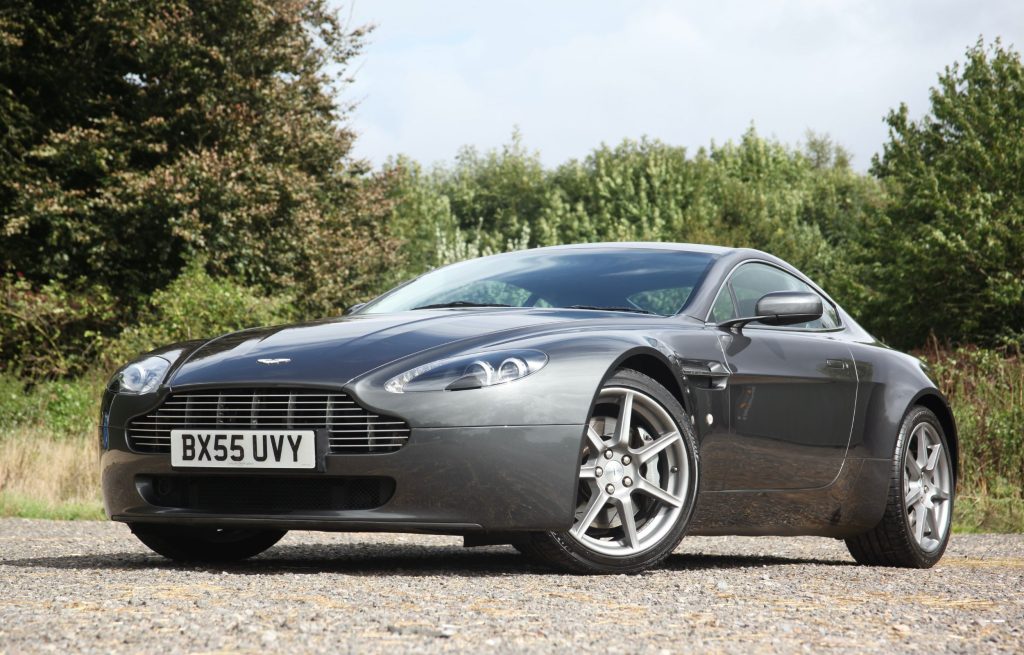
The company first teased us with the Vantage at the 2003 North American International Auto Show in Detroit, leading to a production launch two years later of a car that looked pretty much the same. Not that it was a bad thing – the V8 Vantage was an astonishingly pretty car, brought to production with barely a visual change for a very good reason.
It was subsequently revealed in production form at the 2005 Geneva Motor Show, based on a truncated version of the DB9 platform and using sophisticated bonded aloy and composite bodywork. Sales began in September the same year, with prices starting from £79,995 – a fiver different from an entry-level 911 Carrera 2. You can see where this is going, can’t you?
At launch, it came with a new Aston Martin-developed and engineered 4.3-litre V8 engine, looslely spun off a Jaguar AJ V8, developing 385bhp. But although the V8 sounded fantastic and was brimming with character, it had to be worked hard to exploit its performance, with peak torque not arriving until 5,000rpm and the top of its power curve some 2,000rpm later.
The issue was addressed somewhat in 2008 with the introduction of a revised 4.7-litre V8 with 426bhp, while the power of the 4.3 was increased to 400bhp.
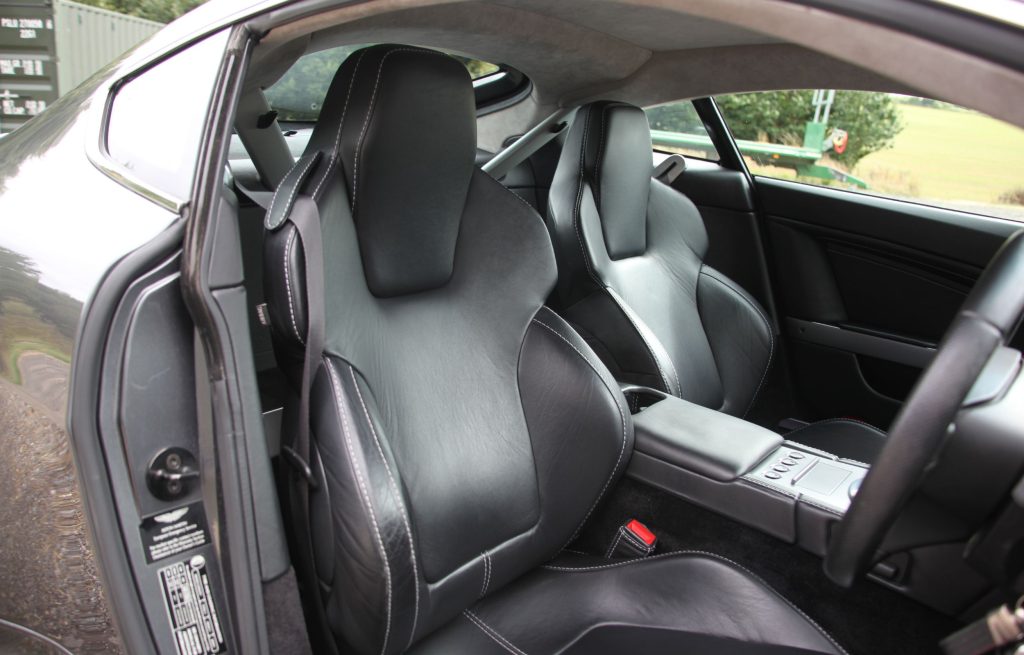
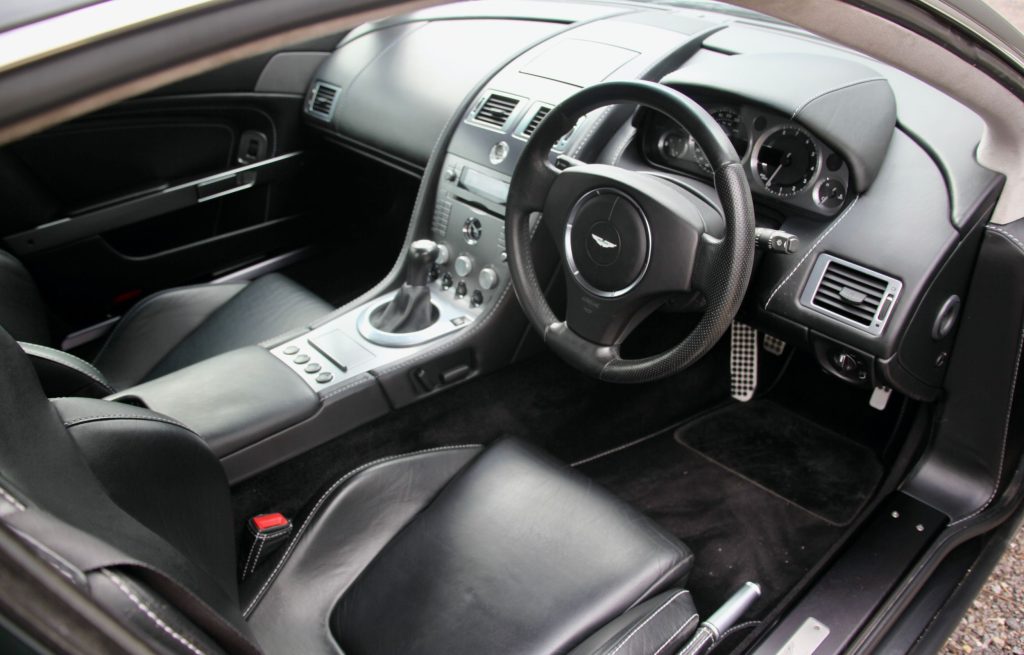
Just before the revised engines came along, Aston Martin also introduced a soft-top variant. The V8 Vantage Roadster was aimed at a different target market and was pitched as more of a boulevard cruiser, but was still an epic performance car in its own right.
In 2011, the V8 Vantage S arrived in showrooms, with a 436hp iteration of the 4.7-litre V8, delivering a 190mph top speed and 0-60mph in 4.0 seconds with help from closer gear ratios and a lower final drive rear differential. These are great cars, yet are understandably right at the top of the price bracket for pre-V12 Vantages.
If you’re prepared to take a leap into baby Aston ownership, now’s the time. The Vantage makes the DB7 it replaced feel like a dinosaur, albeit a lovely one (perhaps we should call it Barney?), with an agility and youthfulness to it that’s uncommon for the brand.
Why is it cool?
Do you even have to ask? Just look at it – is that not enough to tell you?
Here’s a stunning, quintessentially British GT with an Aston Martin badge on its snout. If that’s not achingly cool in itself (it is, by the way…), check out the blade-style door handles, or the sharply styled cabin, which cunningly reinvents Jaguar and Land Rover switchgear in a lean new suit.
Throw in a healthy dose of V8 noises and add in the fact that Gillian Anderson owns one (we know, we’ve seen her out shopping in it) and there’s not a lot to dislike.
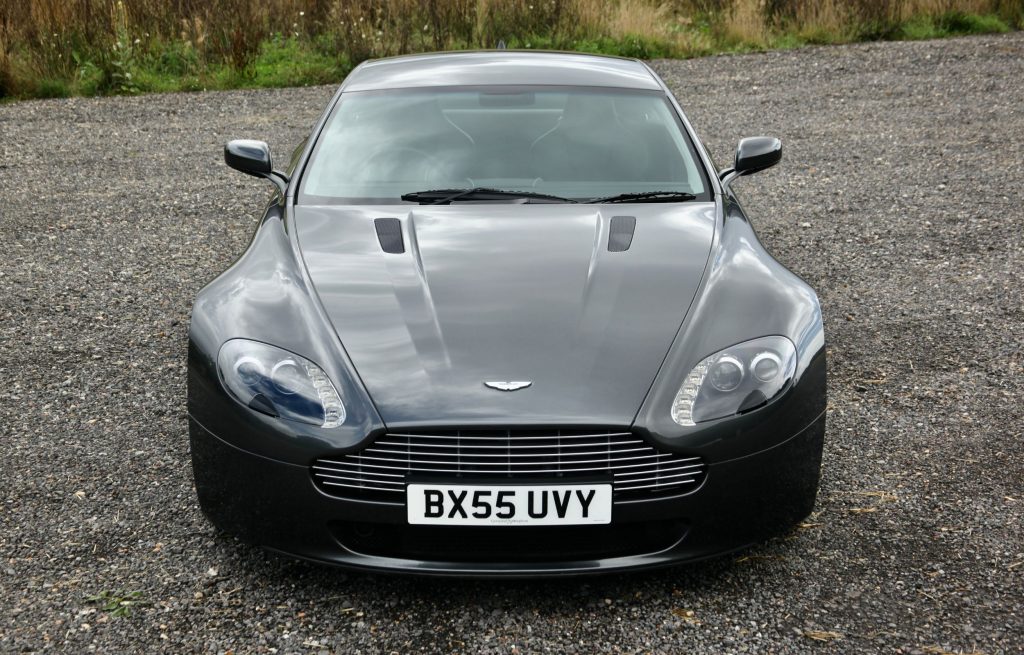
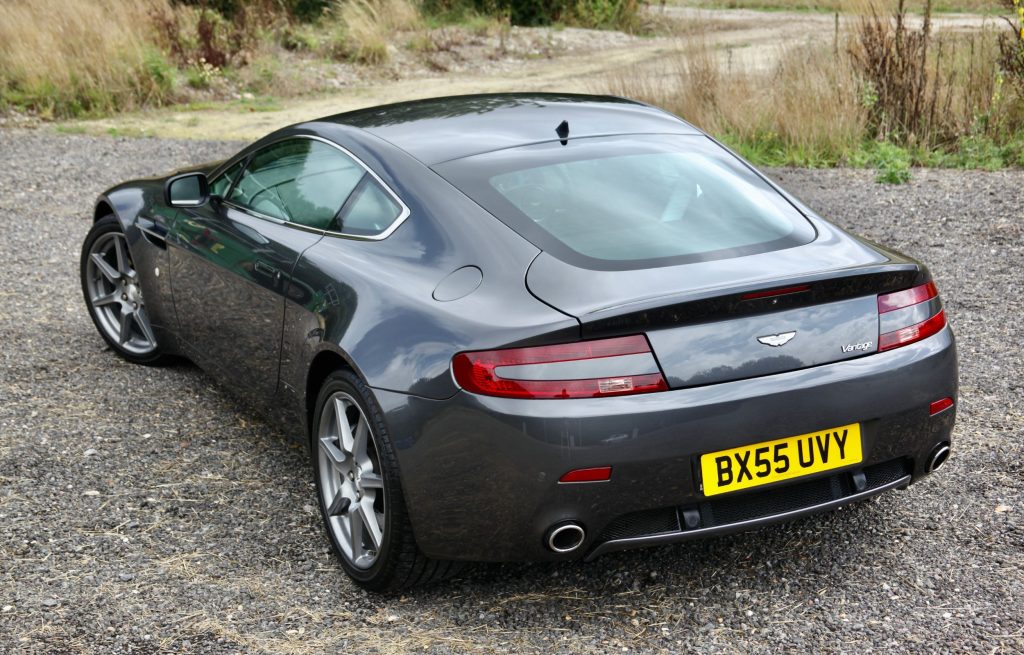
Should I buy one?
Put it this way, what else are you going to get for £25,000 that’s this agonisingly cool? You’ll pay a grand more than that for a plug-in Vauxhall Corsa, so if you apply some petrolhead logic to the argument, then you’re actually saving money, which you can put towards your first service bill (you’ll need it).
Don’t think for a moment that a Vantage is a sensible or inexpensive car to buy and run, but do consider that in Aston Martin terms, it’s one of the more affordable. It seems to be dependable, too – we’ve seen a few of them around with six-figure mileages on them.
What to look for?
It’s an Aston Martin, so things can and do go wrong – though rarely with the engine, which is a 32-valve unit developed in-house by Aston Martin and loosely based on the fabulous Jaguar AJ V8. Regular servicing should keep it tip-top; catastrophic failures are rare, even at high mileages.
There’s a choice of SportShift auto or manual transmissions, and the former isn’t the problem it was on the Vanquish before it – indeed, it’s pretty hardy. Manual ‘boxes are also tough, but with all that torque going through the clutch, it’s no surprise that they can start to slip – and it’s not a cheap fix.
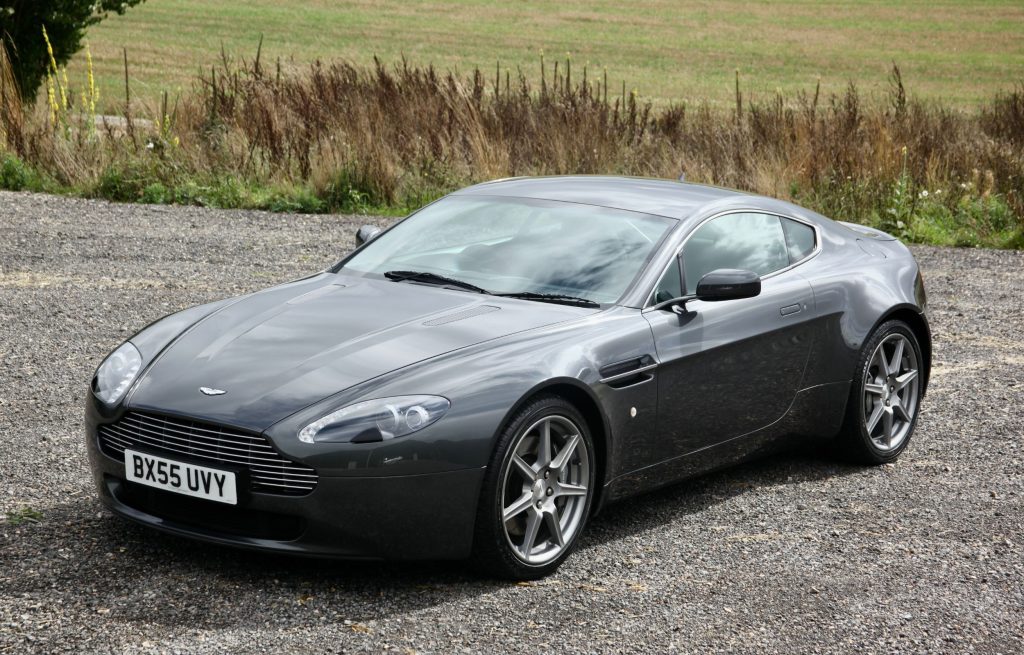
Otherwise, we’re now starting to see some corrosion on early cars. The outer body is a mixture of alloy and composite, so you’re not going to see rot on the upper body (though alloy reaction is common, especially around door handles), but the one area where rust can be an issue is the rear subframe – it’s mild steel and can corrode quite badly, so check it carefully).
Inside, the seats and most materials are hard-wearing, but it seems that Aston Martin took inspiration from Maserati and Ferrari with some of the switchgear – and not in a good way. Due to the breakdown of the plastics used, it’s not uncommon to find ‘sticky’ switches and buttons, including the main start/stop button in the centre of the dash. It was once a cool gimmick, but not so much today, when you get a starter button on a Kia Picanto (and don’t stick to it when you press it).
What should I pay?
The Vantage had a long production run, the first generation keeping going until 2017, so that means a massive spread of prices. If you want a really lovely one, then around £50k will get you into one of the very best. But if you’re feeling adventurous, then an early car with average miles will set you back around half of that – if you’re prepared to throw caution to the wind, then you can get a high mileage, slightly scruffy car for £20,000. For an Aston Martin, that’s a veritable bargain. What could possibly go wrong?